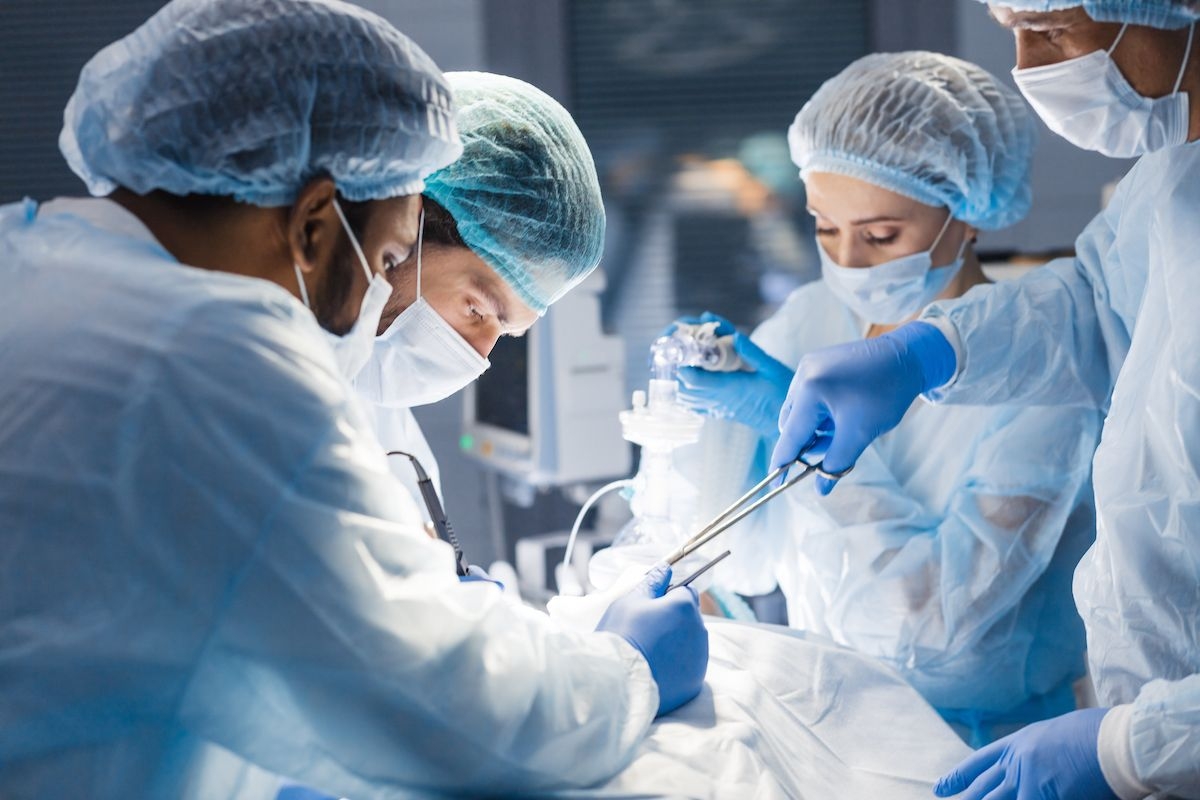Medical Research & Discoveries
Examining the Pathophysiology of Traumatic Brain Injuries

June 16, 2023
Brain Injury Association of California Team
A detailed examination of the pathophysiology involved in traumatic brain injuries, covering the initial injury and subsequent biochemical cascades.
Traumatic brain injuries (TBIs) represent a significant public health issue worldwide. Understanding the pathophysiology of TBIs - the physical and biochemical processes that occur within the brain following injury - is crucial in developing effective treatments and preventative measures. This article will delve into the complex pathophysiology of TBIs.
Primary and Secondary Brain Injury
The pathophysiology of TBIs can be classified into two phases: primary and secondary brain injury.
Primary Brain Injury
Primary brain injury refers to the immediate damage that occurs at the time of impact, caused by mechanical forces like shearing, tearing, or stretching of brain tissue. These forces can lead to hemorrhage, contusion, and edema. Depending on the nature of the impact, this may result in focal injuries (in a specific area) or diffuse injuries (over a wide area).
Secondary Brain Injury
Secondary brain injury is a complex cascade of molecular and biochemical events that occur in the hours, days, and weeks following the initial trauma. These include inflammation, ischemia, hypoxia, excitotoxicity, and oxidative stress, leading to further brain tissue damage and cell death.
Biochemical Cascade Following TBI
The secondary injury phase involves a series of complex cellular and molecular reactions. Key among these are:
- Excitotoxicity: The excessive release and uptake of the neurotransmitter glutamate can lead to a process called excitotoxicity, causing neuronal damage and death.
- Oxidative Stress: The brain's high oxygen demand and abundant lipid content make it particularly susceptible to oxidative stress, which involves harmful reactive oxygen species that can damage cells.
- Inflammation: Inflammatory responses involving various cells and molecules can further contribute to secondary brain damage.
- Apoptosis: This programmed cell death can be triggered by the initial trauma and by elements of the secondary injury cascade.
Therapeutic Interventions
Understanding these processes is key to developing therapeutic interventions for TBI. Immediate medical care often focuses on stabilizing the patient and preventing secondary injury. Longer-term treatment and rehabilitation are tailored to the specific needs of the individual, depending on the nature and severity of the TBI.
Conclusion
The pathophysiology of traumatic brain injuries is a complex and dynamic process, involving numerous factors that can lead to significant cognitive, physical, and emotional consequences. By deepening our understanding of these processes, we can continue to improve treatment strategies and ultimately, patient outcomes.
Please note that this article is intended to provide a general overview of the subject and should not be used as a substitute for professional medical advice.
Latest News
Understanding Brain Injuries: The Basics Everyone Should Know
An introductory guide to understanding the basics of brain injuries, including types, causes, symptoms, and treatments.
The Silent Epidemic: Raising Awareness about Traumatic Brain Injuries
This article highlights the need for increased awareness and understanding about traumatic brain injuries, often referred to as the 'silent epidemic.'
The Challenges of Rehabilitation after a Brain Injury
Learn about the various challenges individuals face during their rehabilitation journey after a brain injury, along with strategies to overcome these obstacles.
Brain Injuries in Children: How to Cope and What to Expect
A comprehensive guide for parents and caregivers to help navigate the difficult journey of a child's brain injury, from understanding its effects to developing coping strategies.
Mitigating the Effects of Brain Injuries through Nutrition
Learn how a balanced and nutritional diet can aid in the recovery and overall well-being of individuals with brain injuries.